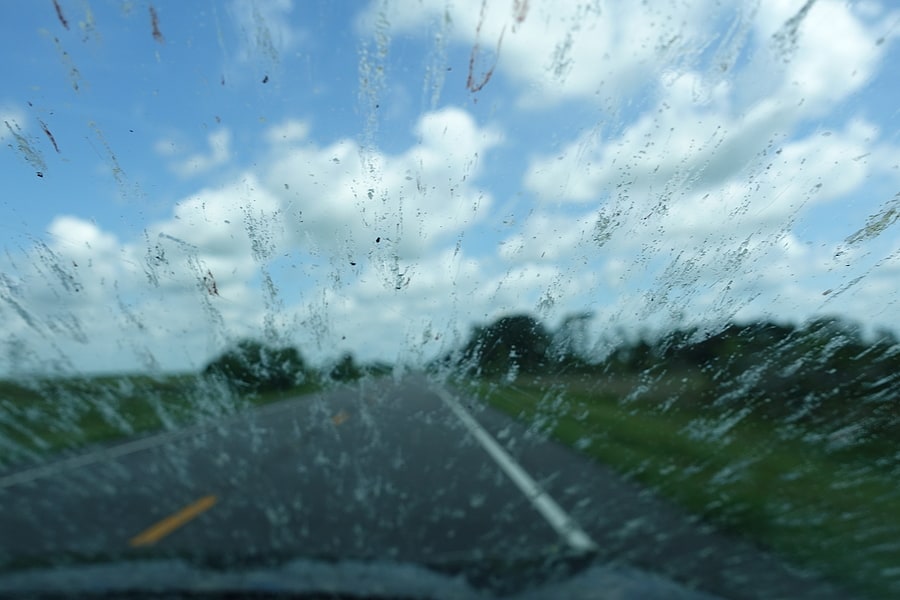If you live in the south, you’ve likely encountered one of the most annoying pests of all time… the lovebug! Lovebugs are a species of march fly that migrated to the southern United States and thrive in their gulf state climates. These red and black bugs, also known as honeymoon bugs and kissing bugs, are almost always seen stuck together in pairs of two. That is because they are mating while they are flying (which takes hours); afterwards, the male dies and is dragged around by the female until she lays her eggs. Lovebug season usually runs twice a year, once in spring (around May) and again in fall (around October). Each season lasts 3-5 weeks. Although they may seem like a nuisance, especially when they get stuck to the front of your car, lovebugs are actually quite useful. They keep flowers pollinated; provide a source of food for many birds and predatory insects (like dragonflies); and lay their eggs in areas with dying vegetation which the newly hatched bugs then feed on, putting essential nutrients back into the soil.
Lovebugs aren’t beneficial to your car, however. In fact, they are attracted to hot engines, exhaust, vibrations from cars, heat, and light colored surfaces, making roadways a prime location for lovebug encounters. Lovebug guts are acidic, especially when they splatter across your car and then sit outside in the sun. This can cause damage to your car’s paint job and even clog your radiator. It takes about a week for the acid to eat through the topcoat to your car’s paint.
Protect your vehicle from lovebugs with these 7 easy tips:
- Wax It. Keeping your car waxed during lovebug season will help keep these pests from sticking to the front of your car. Apply wax every couple of weeks to form a protective barrier between the paint and the bugs.
- Wash It. Wash your car with soap, water, and a high pressure washer, or run it through a touch free car wash, every few days to remove any bugs that are stuck before they have time to corrode your paint.
- Prepare for travel. The longer these bugs stay on, the harder they are to get off and the more damage they can cause. After long drives, wipe off as many bugs as possible with a microfiber towel and detail spray. You can also carry a gallon of water and squeegee with you on trips and clean them off during stops, as well.
- Avoid peak hours. Peak lovebug activity hours are from 10 am to 6 pm. Try to avoid driving during these hours, if possible, keeping trips in the early morning or at night during lovebug season.
- Protect your grill. Consider installing a bug shield, temporary “bra,” or deflector screen on the front of your car to help prevent these bugs from sticking.
- Clear the Radiator. Lovebugs can accumulate in your radiator, potentially causing your car to overheat. Blow out the radiator frequently, especially during lovebug season, to help prevent these clogs.
- Replace Your Washer Fluid. During lovebug season, consider replacing your regular windshield washer fluid with one that is specifically designated for bugs. These fluids add a slick coating to the windshield that prevents bugs and their entrails from sticking to the windshield. They also help eliminate streaks across the windshield like regular fluid does.
While lovebugs don’t bite or sting and aren’t known to transmit any diseases to humans, they can cause some pretty significant damage to your car. Whatever pest you may be dealing with, your local pest control company can help with pest identification, pest prevention, and elimination methods for your situation.
You May Also Be Interested In:
What’s Attracting Birds into My House?
Orb Weaver Spiders: Dangerous or Not?

